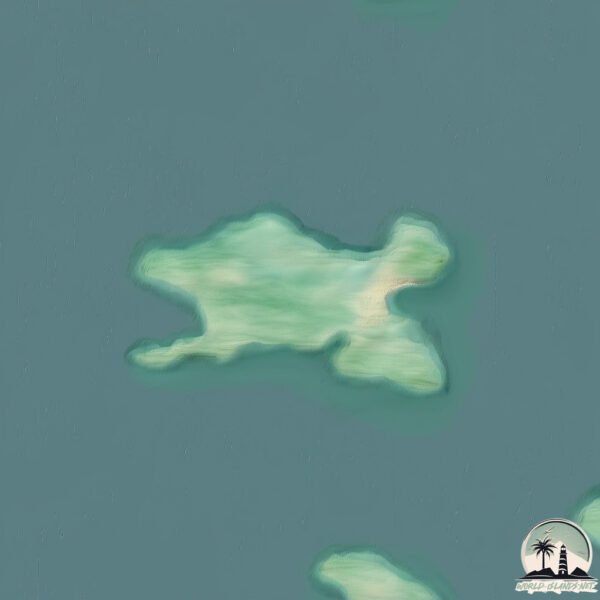Penn

Welcome to Penn, a Polar island in the Indian Ocean, part of the majestic Indian Ocean. This guide offers a comprehensive overview of what makes Penn unique – from its geography and climate to its population, infrastructure, and beyond. Dive into the details:
- Geography and Size: Explore the island’s size and location.
- Climate and Weather: Weather patterns and temperature.
- Topography and Nature: Uncover the natural wonders of the island.
- Infrastructure and Travelling: Insights on reaching, staying, and making the most of your visit.
- News and Headlines: Latest News.
Geography and size of Penn
Size: 2.168 km²
Coastline: 6.8 km
Ocean: Indian Ocean
Sea: Indian Ocean
Continent: Seven seas (open ocean)
Penn is a Small Island spanning 2.2 km² with a coastline of 6.8 km.
Archipel: Kerguelen Islands – A group of islands in the southern Indian Ocean, often referred to as the “Desolation Islands,” known for their isolation and harsh environment.
Tectonic Plate: Antarctica – Covers the Antarctic continent and extends outward, characterized by interactions with surrounding oceanic plates and known for its seismic activity along the periphery.
The geographic heart of the island is pinpointed at these coordinates:
Latitude: -49.48702264 / Longitude: 69.97321235
Climate and weather of Penn
Climate Zone: Polar
Climate Details: Tundra
Temperature: Cold
Climate Characteristics: The tundra climate features long, extremely cold winters and short, cool summers. Vegetation is limited to mosses, lichens, and small shrubs due to the low temperatures and short growing seasons. Biodiversity is low, but some specialized species thrive.
Topography and nature of Penn
Timezone: UTC+05:00
Timezone places: Asia/Karachi
Max. Elevation: 79 m
Mean Elevation: 44 m
Vegetation: Herbaceous Cover
Tree Coverage: 85%
The mean elevation is 44 m. The highest elevation on the island reaches approximately 79 meters above sea level. The island is characterized by Plains: Flat, low-lying lands characterized by a maximum elevation of up to 200 meters. On islands, plains are typically coastal lowlands or central flat areas.
Dominating Vegetation: Herbaceous Cover
Comprising mainly of grasses, herbs, and ferns, these areas are common in prairies, meadows, and savannas, and can vary widely in species composition. Penn has a tree cover of 85 %.
Vegetation: 2 vegetation zones – Low Diversity Island
Islands with two distinct vegetation zones offer slightly more ecological variety. These zones could be due to differences in elevation, moisture, or other environmental factors. While still limited in biodiversity, these islands may offer a contrast between the two zones, such as a coastline with mangroves and an inland area with grassland.
Infrastructure and Travelling to Penn
Does the island have a public airport? no.
There is no public and scheduled airport on Penn. The nearest airport is Sir Charles Gaetan Duval Airport, located 3383 km away.
Does the island have a major port? no.
There are no major ports on Penn. The closest major port is PORT MATHURIN, approximately 3390 km away.
The mean population of Penn is per km². Penn is . The island belongs to Fr. S. Antarctic Lands.
Continuing your journey, Longue is the next notable island, situated merely km away.
If Pen Won Dream Island #bfdi



Fr. S. Antarctic Lands is classified as Developed region: G7: Group of Seven – Major advanced economies, including Canada, France, Germany, Italy, Japan, the United Kingdom, and the United States. The level of income is High income: OECD.
News – Latest Updates and Headlines from Penn
Stay informed with the most recent news and important headlines from Penn. Here’s a roundup of the latest developments.
Please note: The data used here has been primarily extracted from satellite readings. Deviations from exact values may occur, particularly regarding the height of elevations and population density. Land area and coastline measurements refer to average values at mean high tide.
